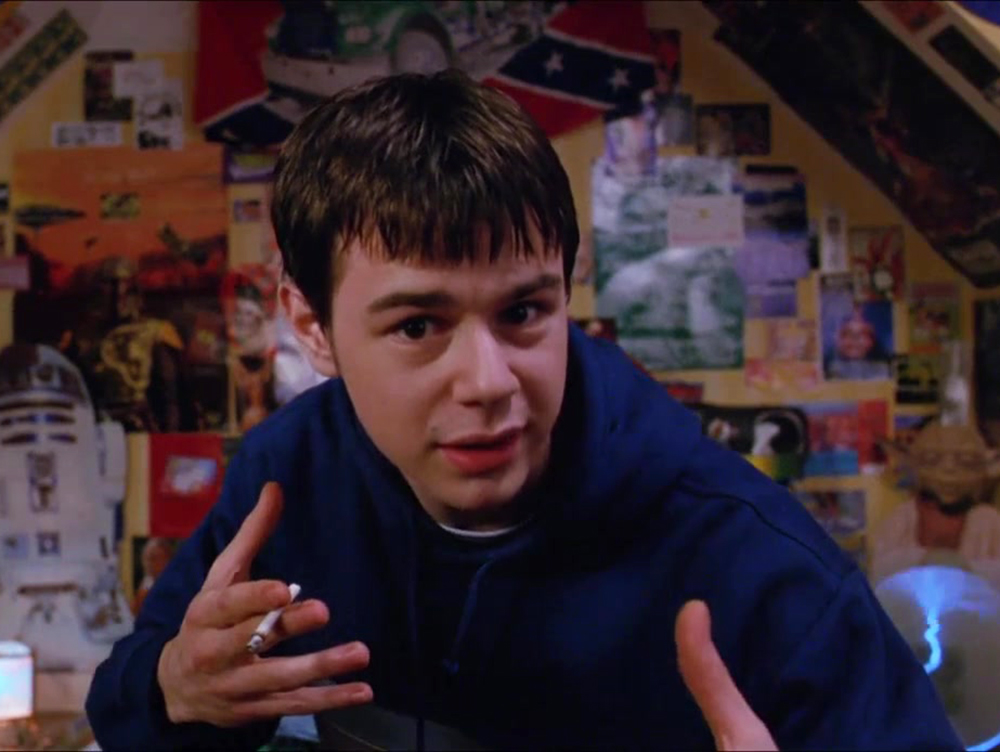The movie didn’t perform particularly well on a commercial level. However, over 20 years later it has aged well and is now considered something of a cult film. So, what made this movie so unique and why is it still the only film to portray drugs in a sensible way?
At its Best, it Showed Life in Britain during the ‘90s…and it Was Real
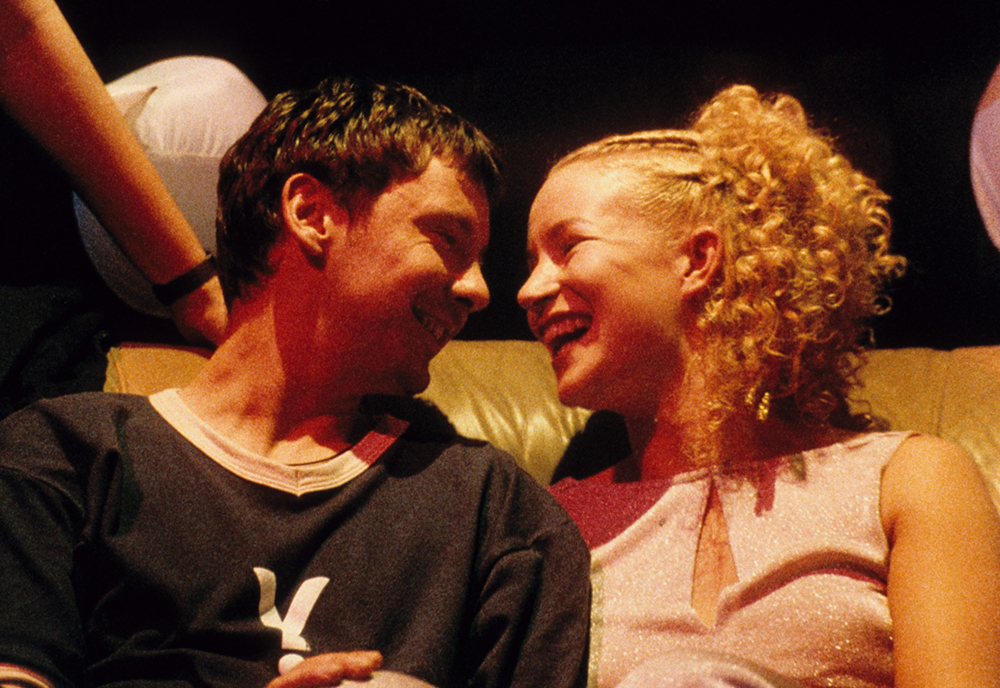
Perhaps the biggest critique of most movies is that they are unrealistic. Thankfully, this is not the case with “Human Traffic.” Unlike films like “Requiem For A Dream,” which is almost like a government sponsored anti-drugs piece, “Human Traffic” offers a balanced view of narcotics. It’s not as simple as ‘all drugs are bad’ and neither does it have the Hollywood twist at the end of “Trainspotting.” Instead, it’s simply a story about a group of young people trying to figure out life whilst dabbling in ecstasy at the weekends. That’s literally it, and at times it’s so realistic, it borders on the mundane.
Without giving away too much regarding spoilers, the film’s mundaneness can be seen the most with the ending. It leaves on a slightly happy note. It’s not dramatic, it’s not thought-provoking and it’s not horrible either. In short, it’s just real, which is the movie’s main strength and this shows throughout. Another quirk of the film is its use of breaking through the fourth wall. The fourth wall can often be a risky move to take in cinema, but thankfully “Human Traffic” does it well. With this said, it’s only with an independent film that you could find a plot or style like this. If this was Hollywood, it simply wouldn’t see the light of day.
A Young Danny Dyer proves he can Actually Act
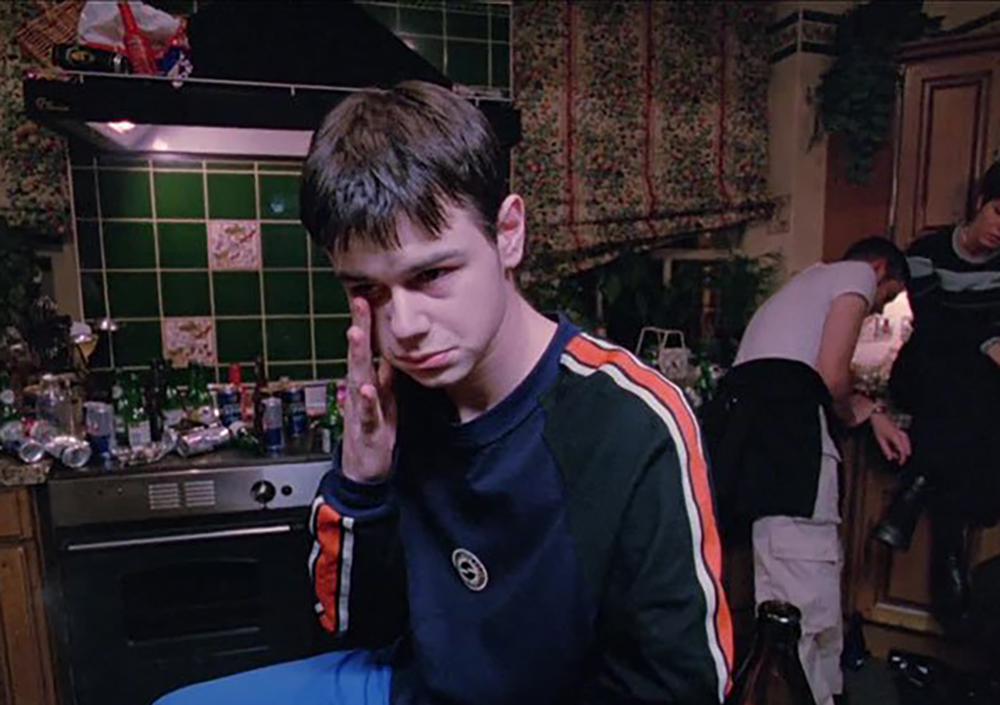
Long before he was typecast, British actor Danny Dyer proved that he could actually act in “Human Traffic.” He was barely 21 years old at the time and played the role of Moff. Moff was a small-time drugs dealer who had moved to Cardiff from London with his family. He still lived with his parents and his life was boringly middle-class. However, come the weekend he would get his release from partying and taking ecstasy. Perhaps the best scene of Moff is set at a house party. Here, he is incredibly high on drugs and starts passionately debating the hidden meaning behind “Star Wars.” We’ve all been there at parties, trapped by someone talking rubbish who genuinely believes their words. It’s scenes like this that make “Human Traffic” iconic. This film is at its best in capturing small-talk and highlighting it’s obscurities under a microscope.
Sadly, this was arguably Dyer’s best role of his acting career…and it happened to be his first ever film. He was playing a young kid looking for direction and purpose in his life. At the same time, Moff was frustrated with his family and lack of adventure. This was a far cry away from Dyer’s later career that involved getting punched by middle-aged men in bars in England. Dyer’s portrayal of Moff was bittersweet. It showed that he had potential, but looking back this was never fulfilled and a string of low-budget, critically panned movies haunted his career ever since.
At its Heart, ‘Human Traffic’ was about Counter Culture
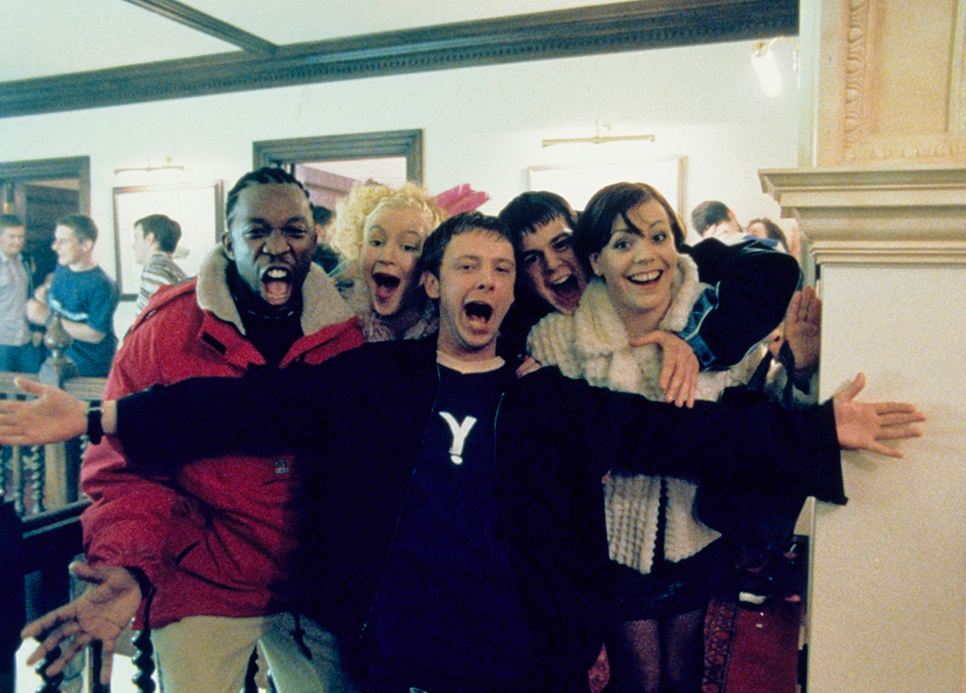
The British rave years were very unique in offering a new form of counter culture. In the case of “Human Traffic,” this came in the form of drugs. However, the movie also showed other avenues towards counter culture. Actually, whilst this theme was awesome, it was also a little contrived at times. In my opinion, this is where the film can feel a little weak and forced. For example, “Human Traffic” seems to go out of its way to prove how cool Bill Hicks is, as seen by the scene with his standup routine showing on the TV.
There’s also posters of him, and the characters actively quote him at times. On the one hand, it’s nice to see an anti-establishment film but on the other, it could have been more subtle. We get it, not all drugs are as bad as each other and work can be mind-numbing at times. Overall it’s a great theme that isn’t always explored as much as it could be in cinema. However, at times “Human Traffic” borders on pretentious in showing this. Because of this issue, it’s fair to say this was not a perfect movie…nonetheless it should still be congratulated for being different and out of the box.
How Has ‘Human Traffic’ Aged, and is it Worth Watching?
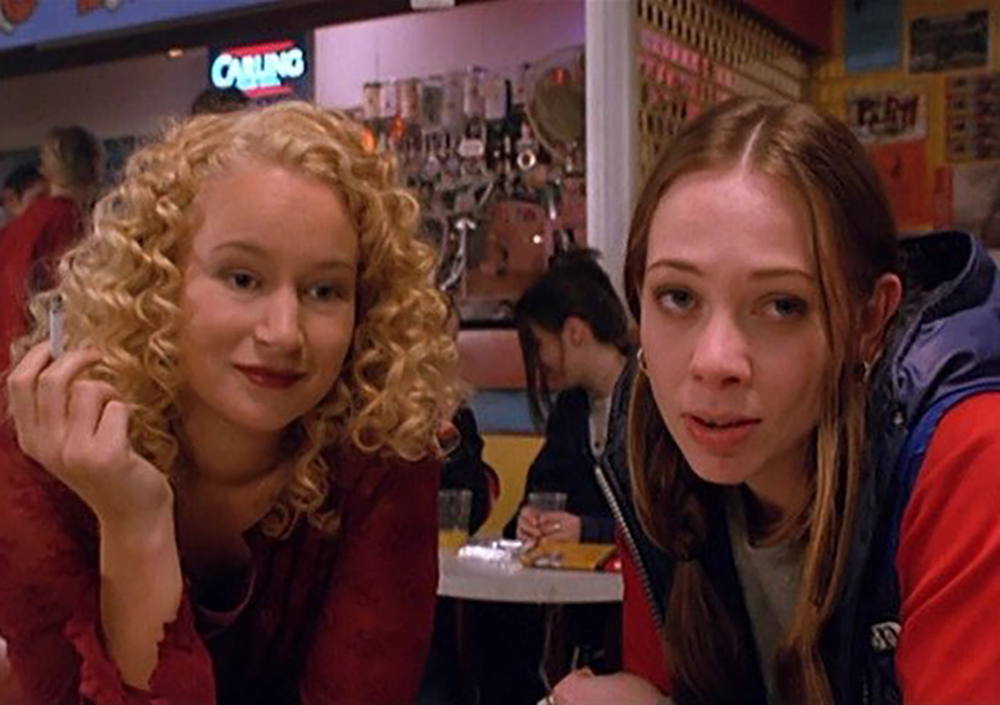
Re-watching “Human Traffic” over 20 years later is quite odd. As mentioned, the core theme is looking at the counterculture movement and its intricacies. Whilst this is nice, it’s also fair to say that this movement is firmly dead in 2021, and has been for some time. Gone are illegal raves, people are still in sad, boring jobs, and nothing has really improved or changed since then. The reason for mentioning it is that “Human Traffic” seemed quite optimistic at times as to how life could be. Well, that’s certainly not the way things panned out.
In this sense, this film is a nice trip down memory lane to simpler times. It shows what being young in the ‘90s was really like. It shows that it wasn’t all doom but it wasn’t some kind of amazing time to be alive either. This can be seen with the house party scene with the last spliff, or ‘spliff politics’ as it’s better known. It’s a kind of mundane subject yet is analyzed and poked at in a specific way. The result is that it shows that joy can be shown in the small things, but also…your teenage years can kind of be boring and exciting at the same time. Unlike the TV show “Skins,” “Human Traffic” captures the dull parts of growing up brilliantly. Yes, there are great things that happen. However, there are equally awkward things that are barely worth thinking about. Because of this, it actually has a lot in common with “The Peep Show” in terms of offering a look at reality being both dull and edgy at times.
The result is that “Human Traffic” is still a very watchable film and has aged well. Arguably, it’s now more relevant than ever. Whilst counter culture may have died out a long time ago, it’s still nice to be reminded that it did exist, and that people can hope for more. At the same time, it’s not trying to be dramatic about it or overly political. With this said, I salute “Human Traffic” for staying real and recommend watching it if you haven’t. One thing’s for sure—“Human Traffic” is like no other film. Whether you think that’s a good or bad thing is up to you…but it is certainly not generic.

